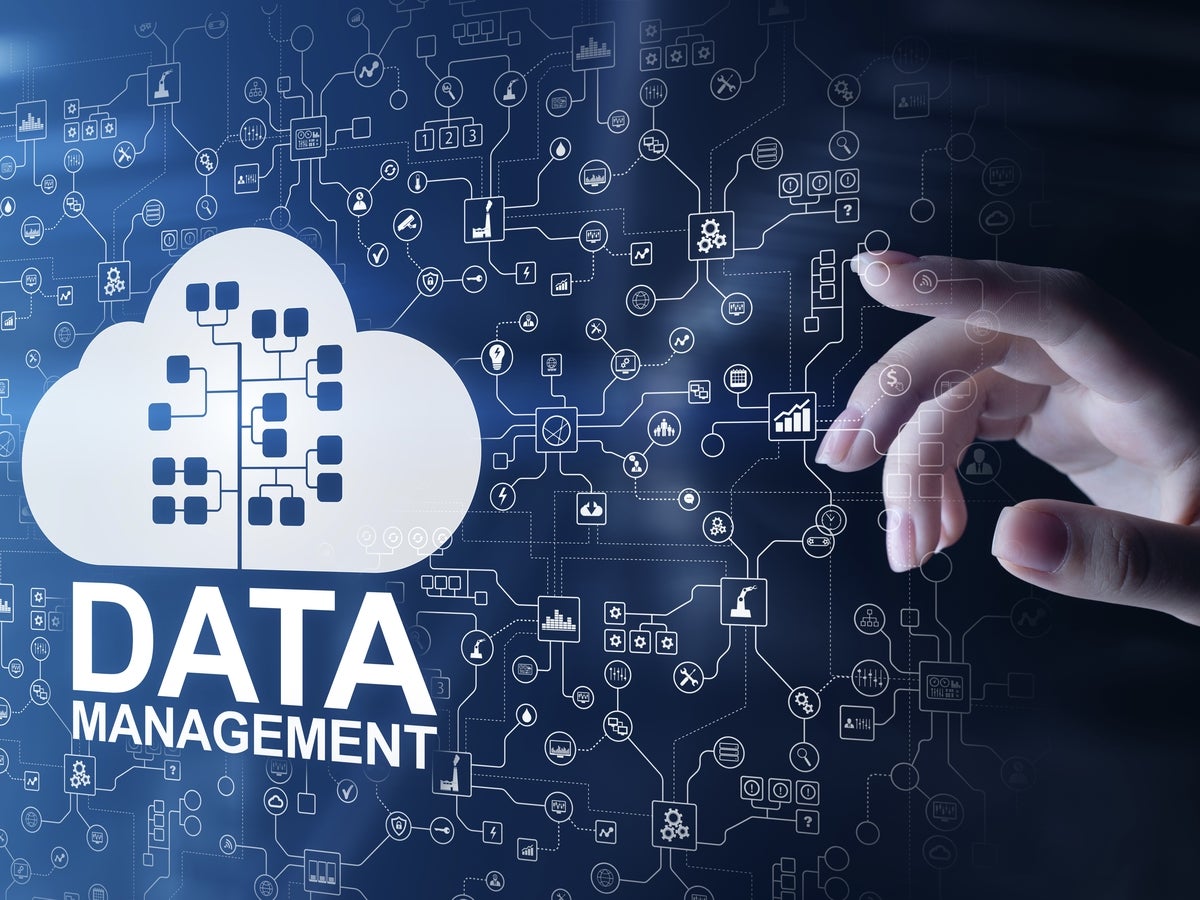At some point in time, most businesses will find themselves in a position where they need to migrate data, workloads, or even entire applications and systems to a new location. This process can be daunting, especially for smaller, less established organizations or those with fewer experienced data professionals on staff. With the right people, processes and technology in place from the start, however, any company can perform a successful migration.
SEE: Checklist: PC and Mac migrations (TechRepublic Premium)
Regardless of if your team even feels “ready” to tackle such a process, understanding how data migration works and what a successful data migration looks like is an important first step. With this guide, learn how to thoroughly plan and execute a data migration and then create your own plan that matches your organization’s specific goals.
Data migration strategies
When it comes to data migration, there are two main approaches: the “Big Bang” approach and the “trickle” approach. The Big Bang approach to data migration involves migrating all data at once, while the trickle approach involves migrating data gradually over time.
SEE: How to identify and avoid common data migration mistakes (TechRepublic)
There are pros and cons to both approaches. The Big Bang approach is generally faster and more efficient, but it can be more disruptive and cause more downtime for users. Conversely, the trickle approach is less disruptive and causes less downtime, but it can be slower and less efficient. Either approach could be appropriate for your team, depending on your timeline and how your business operates.
Steps to a successful data migration
Evaluate your data source
The first step is to take an inventory of your current data situation. This includes understanding the structure, format and volume of your data. Evaluating your data source(s) will give you a good idea of the effort that will be required to migrate the data and a better understanding of any obstacles or problems the data might cause during the migration process.
Define the scope
Once you have a handle on your current data situation, you need to define the scope of the migration. What data needs to be migrated? Is the migration time-sensitive? What is the desired end state? Answering these questions will help you create a plan of action and set realistic expectations.
Back up your data
This should go without saying, but it is vital to back up your data before you begin any sort of migration. This will give you a safety net in case anything goes wrong during the process.
SEE: Best cloud backup services and solutions (TechRepublic)
Build the migration solution
There are many different ways to migrate data. The most common method is to use an ETL tool. Other methods include manual scripts or third-party tools. Selecting the right tool for the job and building a solution that will work for your specific needs is essential.
Perform live testing
Once you have chosen a migration solution, it is time to test it out on a small scale before migrating all of your data. This will help you identify any potential issues so they can be resolved before migrating the entire data set.
Complete the data migration and test again
After you have confirmed that your solution works, execute the actual migration. It is crucial to test and retest your migrated data to ensure accuracy and completeness.
Audit and handle post-migration maintenance
When your data has been successfully migrated, audit your new system periodically to ensure that everything is still working correctly. It’s a good idea to put together a post-migration maintenance plan to address any issues that may arise in the future quickly.
Common data migration challenges
Many challenges can occur during data migration. Some common challenges include:
- Data loss: This can occur if there are errors in the migration process or if corrupted files are migrated. To prevent this, it is essential to back up all data before starting the migration process.
- Data duplication: This occurs when duplicate records are created during the migration process. To prevent this, make sure there is a process to deduplicate records before they are migrated.
- Data integrity: Issues can arise when there are inconsistencies between the data source and target systems. To prevent data integrity issues, thoroughly test your migration solution before migrating all of your data.
Getting started with data migration
A data migration might be on your organization’s horizon if you plan to upgrade legacy systems, move to the cloud or consolidate data. It’s a project that requires great attention to detail, thorough planning, effective data governance and security plans, and focused execution.
Read next: Top data integration tools (TechRepublic)
By following the steps outlined above and catering this plan to your own business’s needs, you can ensure a successful data migration for your organization and a roadmap for future migration needs.

